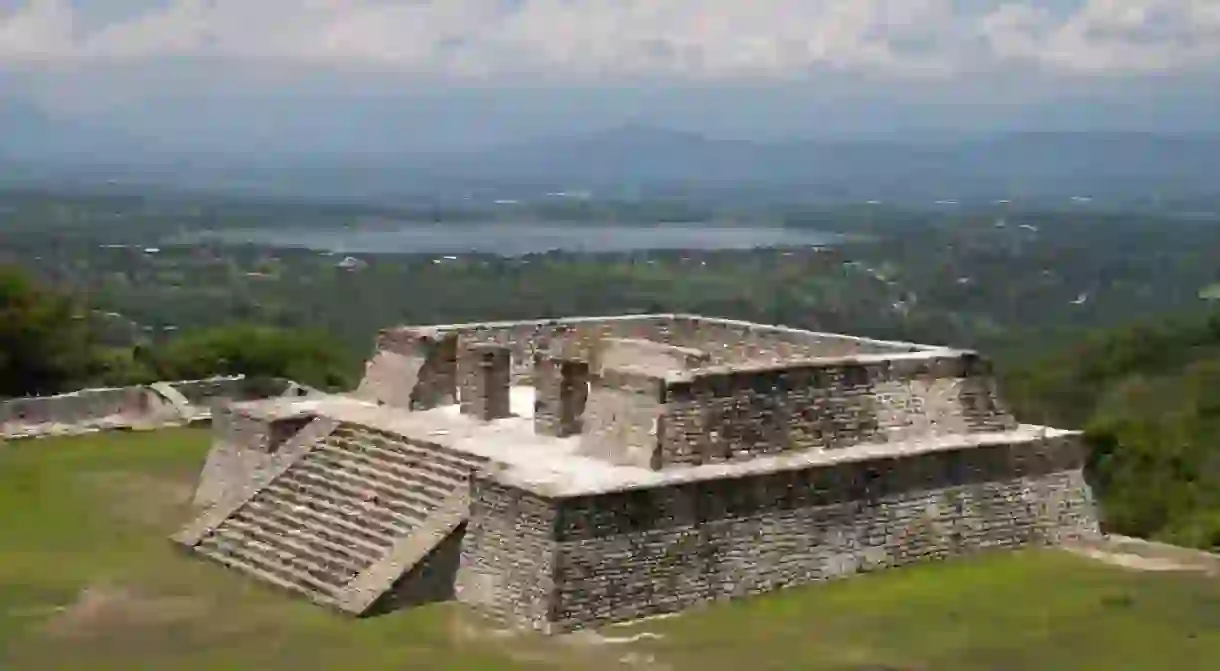The Top 8 Archaeological Sites Near Mexico City

Mexico is one of the world’s best destinations for archaeology lovers, given that there are literally hundreds of sites of interest if you want to find out about Mesoamerican culture, from the Aztecs to the Mayans. However, which are the top archaeological sites in and around Mexico City? There are plenty to choose from, but these eight are most worthy of a visit.
Teotihuacán, State of Mexico
Historical Landmark, Archaeological site, Ruins

The most popular archaeological day trip from Mexico City, Teotihuacán is one of the most frequented spots in Mexico and is a convenient journey (approximately an hour or so) from the capital. Translating into ‘the place where men become gods’, Teotihuacán is a mysterious area, which saw its rise and fall before the beginning of the Aztec empire. What we do know about it, though, is that it’s one of the best archaeological sites near Mexico City, dominated by the Pyramids of the Sun and the Moon and the central Avenue of the Dead.
Tula, Hidalgo
Ruins, Archaeological site
Templo Mayor, Mexico City
Museum, Ruins, Archaeological site

Tepozteco, Morelos
Park, Ruins, Archaeological site
Cuicuilco, Mexico City
Archaeological site
Cholula Puebla
Architectural Landmark, Historical Landmark, Archaeological site

The world’s biggest pyramid was not in Egypt, but rather in Mexico. In fact, to be even more specific, it was in the tiny pueblo mágico of Cholula, Puebla. However, we’re not talking big in terms of height, but rather in terms of volume, as the base of this pyramid was veritably gargantuan, and at its peak, it would have been twice the size of those at Teotihuacán! Although the pyramid proper no longer exists, the attached museum is hugely informative, and the Virgen de los Remedios church, also located there, is spectacular.
Malinalco, State of Mexico
Ruins, Archaeological site

Xochicalco, Morelos
Ruins, Archaeological site













